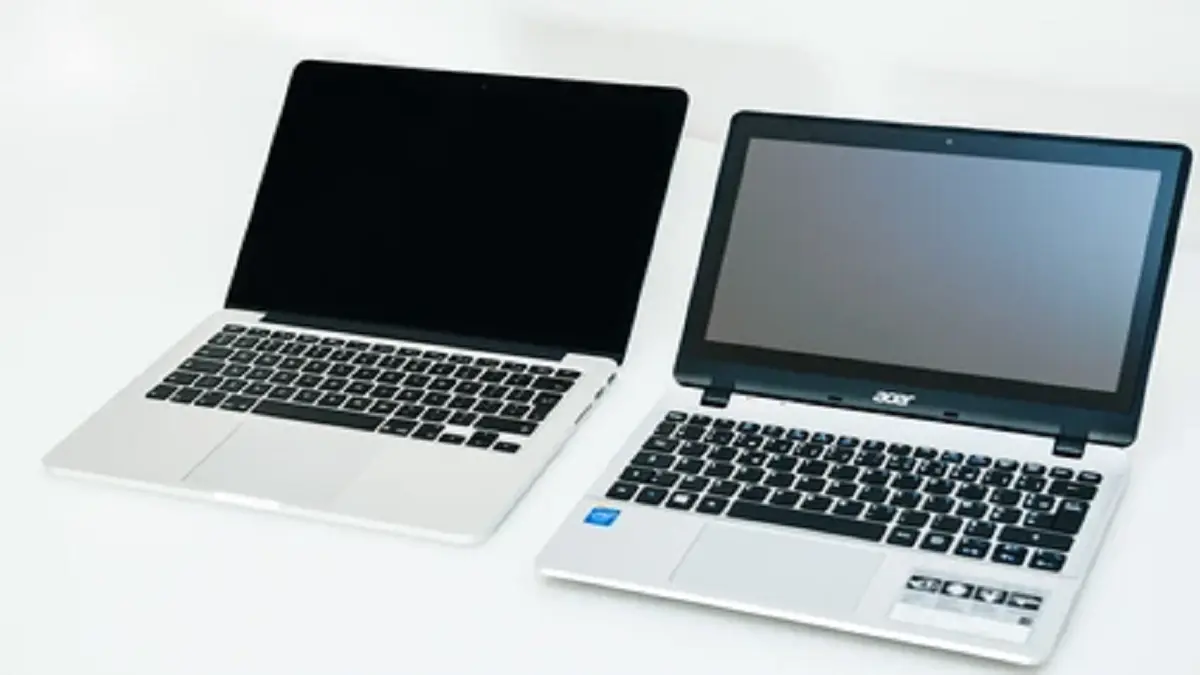Related Post :

Is Apple Releasing a New MacBook Pro in 2022?
by Alvin Nicolas / September 9, 2022 /The rumour mill was rife last spring that the company would introduce new MacBook Pros […]

Does the Microsoft 365 App work on Apple Macs?
by Alvin Nicolas / September 6, 2022 /Using the Microsoft 365 app on an Apple Mac is easy, but you should know […]

Why are Apple products more expensive than other brands
by Jesse Pinkman / September 1, 2022 /Apple is renowned for having high-quality hardware and software. Their devices are made from aluminium […]
+